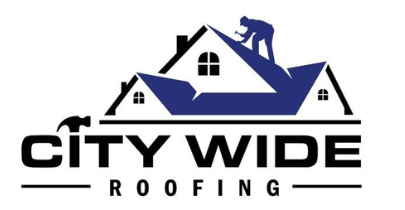Just as you’re pondering about the soaring temperatures in your attic during summer, we’re here discussing the importance of choosing the right materials for a cool roof. Your roof’s material composition significantly impacts the thermal comfort of your home, its energy efficiency, and ultimately, your utility bills.
However, it’s not just about picking a light-colored roof, there’s much more to the science of cool roofing. You have to consider the solar reflectance, thermal emittance, and the overall climate of your area.
Intriguing, isn’t it? Stay tuned, as we unpack these elements and help you make an informed decision for your cool roof.
Understanding Cool Roof Materials
Before diving into the specifics of cool roof components, it’s crucial to grasp the various materials used in their construction and how they contribute to the overall functionality of a cool roof.
You’ll find materials like white vinyl, which reflects more sunlight, and thermoplastic olefin, known for its heat-resistant properties. Coatings of elastomeric or silicon, which are both water-resistant and reflective, are also common.
You’re part of a community investing in sustainable choices, so understanding these materials is important. Each component plays a role in reducing energy consumption, resulting in lower cooling costs and a smaller carbon footprint.
You’re not just choosing a cool roof – you’re contributing to a cooler planet. Remember, the right materials make all the difference.
Selecting Your Ideal Cool Roof
When it comes to selecting your ideal cool roof, you’ll need to consider several key factors. These factors include your building’s location, climate, and your specific energy-saving goals. You’re not just picking a roof; you’re choosing a vital component of your building’s energy efficiency.
If you’re located in a hotter climate, a highly reflective surface will help deflect the sun’s rays. On the other hand, in cooler climates, choose a material that’s both reflective and has great insulation properties. It’s essential to remember that it’s not just about the upfront cost. You have to consider the long-term savings from reduced energy bills.
Consulting with an expert is highly recommended to ensure you get the best fit for your needs. After all, you’re part of a community committed to energy conservation, and your choice matters.


